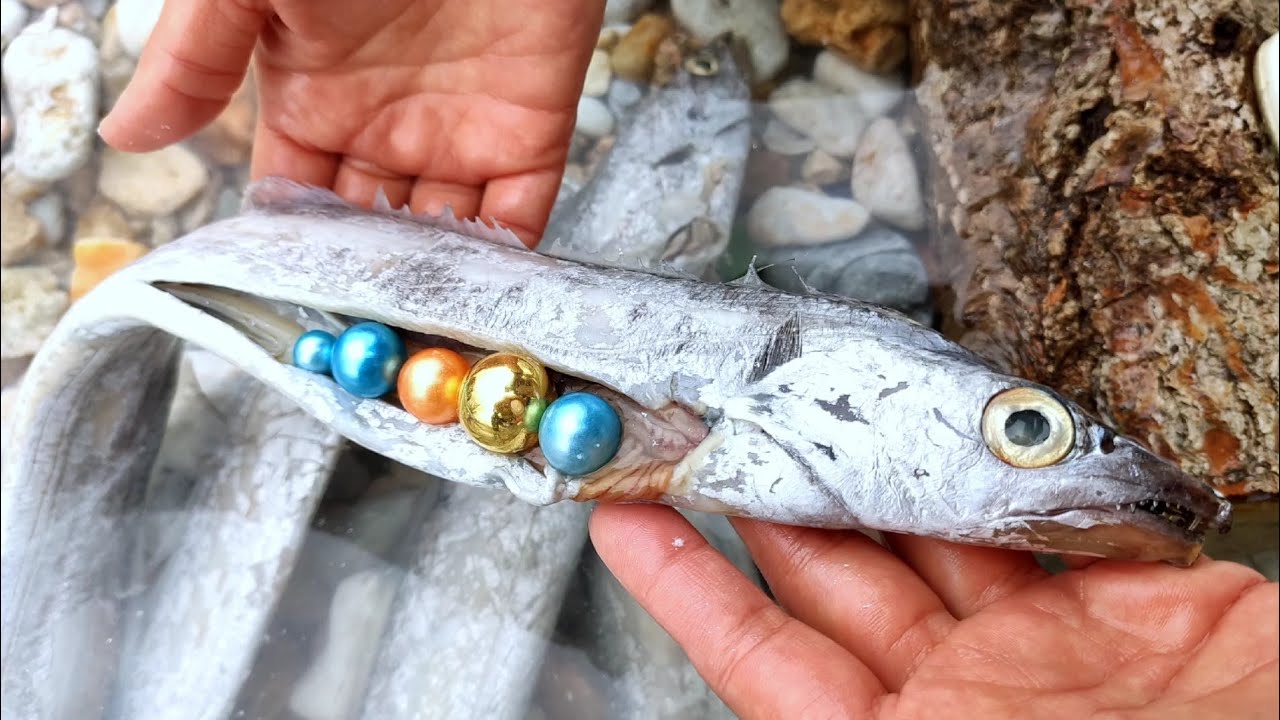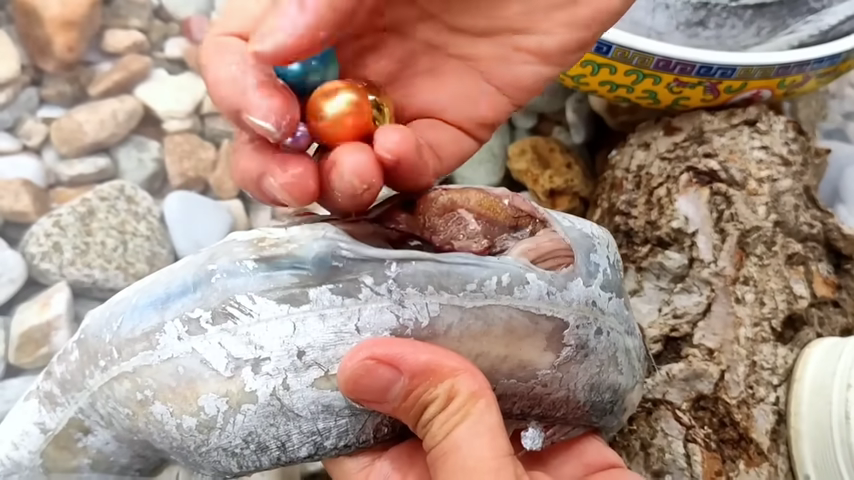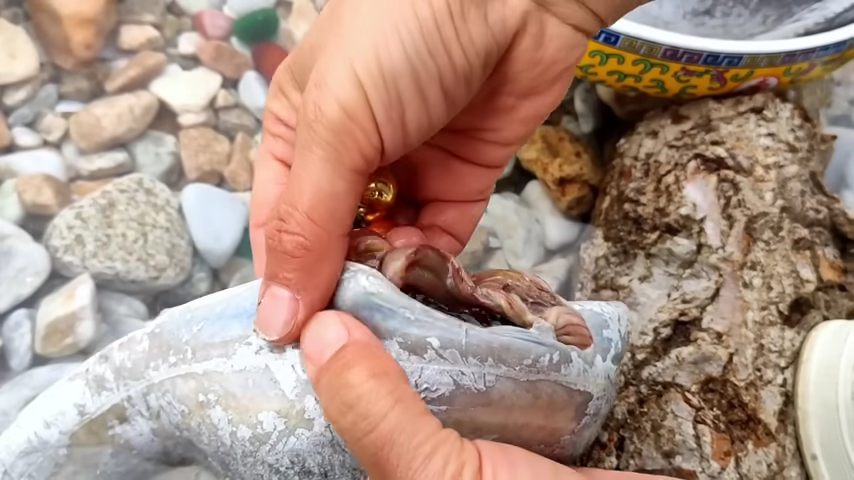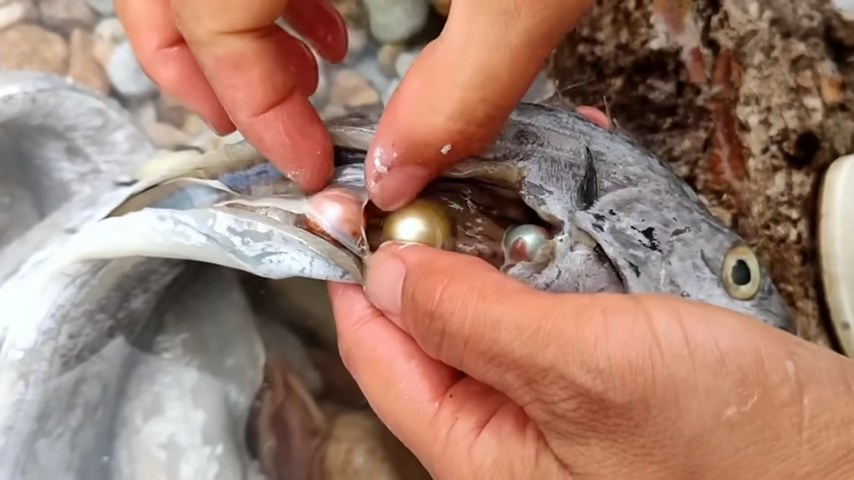Unlocking the Mystery of Pearl-Stuffed Fish: Do They Actually Eat the Pearls?
Pearl-stuffed fish – an enigmatic phenomenon that has intrigued marine enthusiasts and scientists alike. Have you ever wondered why these aquatic creatures are adorned with pearls? Do they devour these precious gems? In this article, we will delve into the fascinating world of pearl-stuffed fish, exploring their origin, the purpose behind this unusual spectacle, and whether they actually consume the pearls.
The shimmering underwater world is home to a myriad of astonishing creatures, each with its unique characteristics. Among these, pearl-stuffed fish stand out as an extraordinary spectacle. These fish are renowned for their distinctive appearance, adorned with glistening pearls seemingly embedded within their bodies.
To comprehend the phenomenon of pearl-stuffed fish, we must first understand its origins. These remarkable fish are not naturally born with pearls inside them. Instead, they acquire these pearls through a rather unusual process.
Pearl-stuffed fish are typically found in areas where pearl farming is prevalent. These regions are often characterized by pearl oyster farms, where cultured pearls are cultivated. During the pearl cultivation process, small pearls occasionally escape the confines of their oysters and find their way into the surrounding waters. This is where the story of pearl-stuffed fish begins.
Pearl-stuffed fish are opportunistic creatures. They have a peculiar behavior of foraging for small objects in their environment, which they use for various purposes, including nest-building and protection. When stray pearls from the nearby oyster farms drift into their habitat, these fish instinctively collect them.
As these fish gather pearls, they often insert them into special pouches located near their gills. Over time, the pearls become embedded in the fish’s flesh, creating a stunning visual effect. This display of shimmering pearls has led to their unique name – pearl-stuffed fish.
Now, the question arises: do pearl-stuffed fish actually consume the pearls they collect? Contrary to popular belief, these fish do not ingest the pearls. Instead, they use them primarily for display and protection.
The pearls serve as a form of camouflage, making the fish appear less appetizing to potential predators. This strategy increases their chances of survival in the competitive underwater ecosystem.
Throughout this article, we’ve explored the intriguing world of pearl-stuffed fish. We’ve learned that these fish acquire pearls through the pearl-gathering process and use them for protection and display. Contrary to misconceptions, they do not consume these precious gems. As we conclude, it’s clear that the pearl-stuffed fish phenomenon is a captivating example of nature’s ingenuity.
VIDEO:
So, the next time you encounter the mesmerizing sight of pearl-stuffed fish, you’ll understand the secret behind their radiant allure – a strategy that showcases nature’s brilliance in the depths of the ocean.










